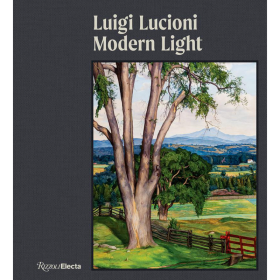
Luigi Lucioni: Modern Light 进口艺术 路易吉卢西奥尼
David Brody是新学校帕森设计学院的设计研究教授。托马斯·德伦伯格是谢尔本博物馆的馆长。凯蒂·伍德·基希霍夫(Katie Wood Kirchhoff)是谢尔本博物馆(Shelburne Museum)副馆长。亚历山大·内梅洛夫(Alexander Nemerov)是卡尔(Carl)和玛丽琳·托马(Marilynn Thoma)艺术与人文学科的首席教授,斯坦福大学艺术与艺术史系主任。
¥ 298 7.2折 ¥ 413 九五品
仅1件
作者BRODY, DAVID
出版社Rizzoli
ISBN9780847869916
出版时间2022-04
印刷时间2022-04
印数1千册
装帧精装
开本16开
纸张铜版纸
页数160页
字数1千字
定价413元
上书时间2022-09-26
- 在售商品 暂无
- 平均发货时间 24小时
- 好评率 暂无
- 店主推荐
- 最新上架
商品详情
- 品相描述:九五品
- 南西·拉文内尔(Nancie Ravenel)是谢尔本博物馆(Shelburne Museum)的文物保护、保存和保护员。理查德·桑德斯是米德尔伯里学院艺术博物馆的馆长。
- 商品描述
-
揭示了这位意大利裔美国现代主义画家的高度写实和浪漫化的静物画、风景画和肖像画,这些画作来自他在纽约的同性恋场景和佛蒙特州的乡村。
这是对Luigi Lucioni (1900-1988)的生活和工作的调查,将他置于其他区域主义画家Charles Sheeler和Maxfield Parrish的背景中。卢西奥尼以精心渲染的静物画、风景画和引人注目的肖像画而闻名,这些作品来自他亲密无间的纽约同性恋艺术家和文化人士的圈子,包括保罗-卡德摩斯、贾里德-弗伦奇、乔治-普拉特-林斯和林肯-克尔斯泰恩。20世纪30年代初,鲁西尼发现了佛蒙特州,那里的风景让他想起了意大利北部。正是在那里,他遇到了伊莱克特拉-哈夫迈耶-韦伯,后者后来成为他重要的赞助人。50多年来,这位纽约市的艺术家每年夏天都会在佛蒙特州以敏锐的现实主义观察和冷静的风格画出树木、谷仓和建筑等风景。
A revelatory look at this Italian-American modernist painter of highly realistic and romanticized still lifes, landscapes, and portraits drawn from his life in the gay New York scene and rural Vermont.
This first comprehensive survey of the life and work of Luigi Lucioni (1900–1988) places him in the context of fellow Regionalist painters Grant Wood, Charles Sheeler, and Maxfield Parrish. Lucioni is known for meticulously rendered still lifes, landscapes, and arresting portraits drawn from his close-knit circle of queer New York artists and cultural figures, including Paul Cadmus, Jared French, George Platt Lynes, and Lincoln Kirstein. In the early 1930s, Lucioni discovered Vermont, whose landscapes reminded him of northern Italy. It was there that he met Electra Havemeyer Webb, who was to become his single most important patron. For more than 50 years, the New York City–based artist spent every summer painting landscapes of trees, barns, and buildings in Vermont with sharply observed realism and a cool, precise style.
Key scholars examine Lucioni’s oeuvre, materials, techniques, and his role in American modernism.
相关推荐
-

luigi garlando
八五品长沙
¥ 1.92
-
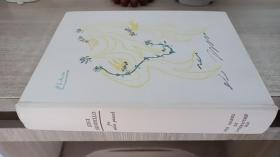
LUIGI PIRANDELLO
八五品廊坊
¥ 288.00
-

luigi garlando
九品北京
¥ 50.00
-

ItaliansBARZINI, LUIGI
九五品广州
¥ 158.00
-

LUIGI PIRANDELLO
八五品合肥
¥ 40.00
-

Dances With Luigi
九品北京
¥ 50.00
-

Dances with Luigi
九品武汉
¥ 68.00
-
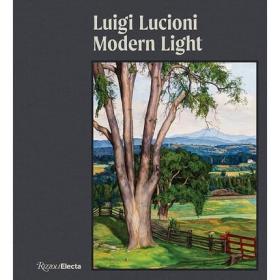
英文原版 Luigi Lucioni Modern Light 路易吉卢西奥尼 Rizzoli Electa现代主义画家静物画风景画肖像画艺术绘画
九五品北京
¥ 299.00
-

LUIGI BARZINI GLI ITALIANI
八五品北京
¥ 200.00
-

Don Luigi ci parla
九品北京
¥ 150.00
— 没有更多了 —
















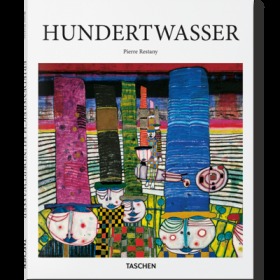

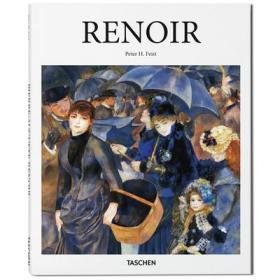
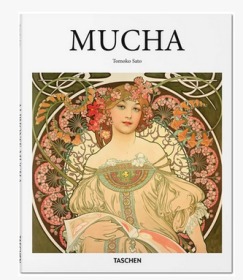











以下为对购买帮助不大的评价